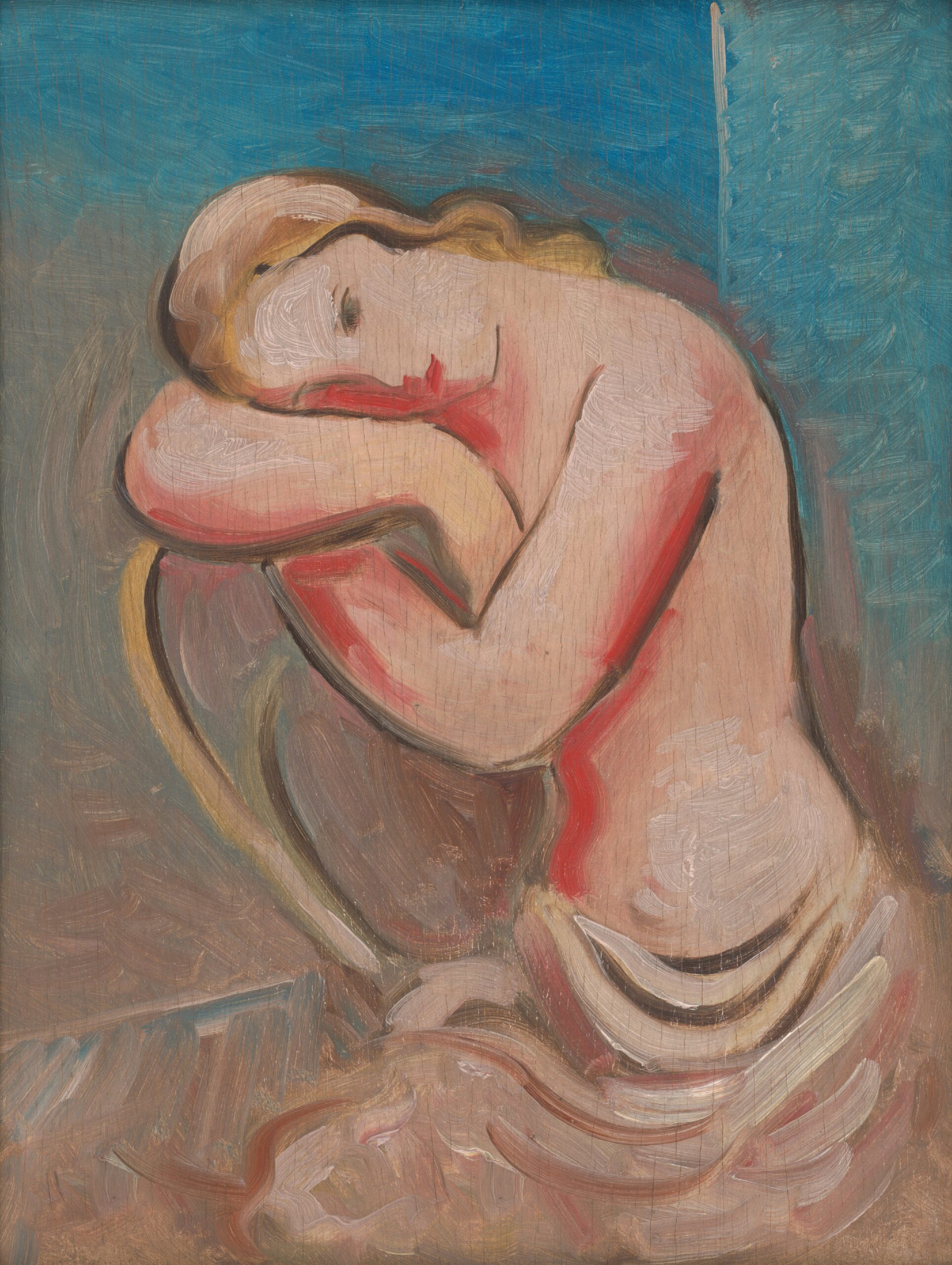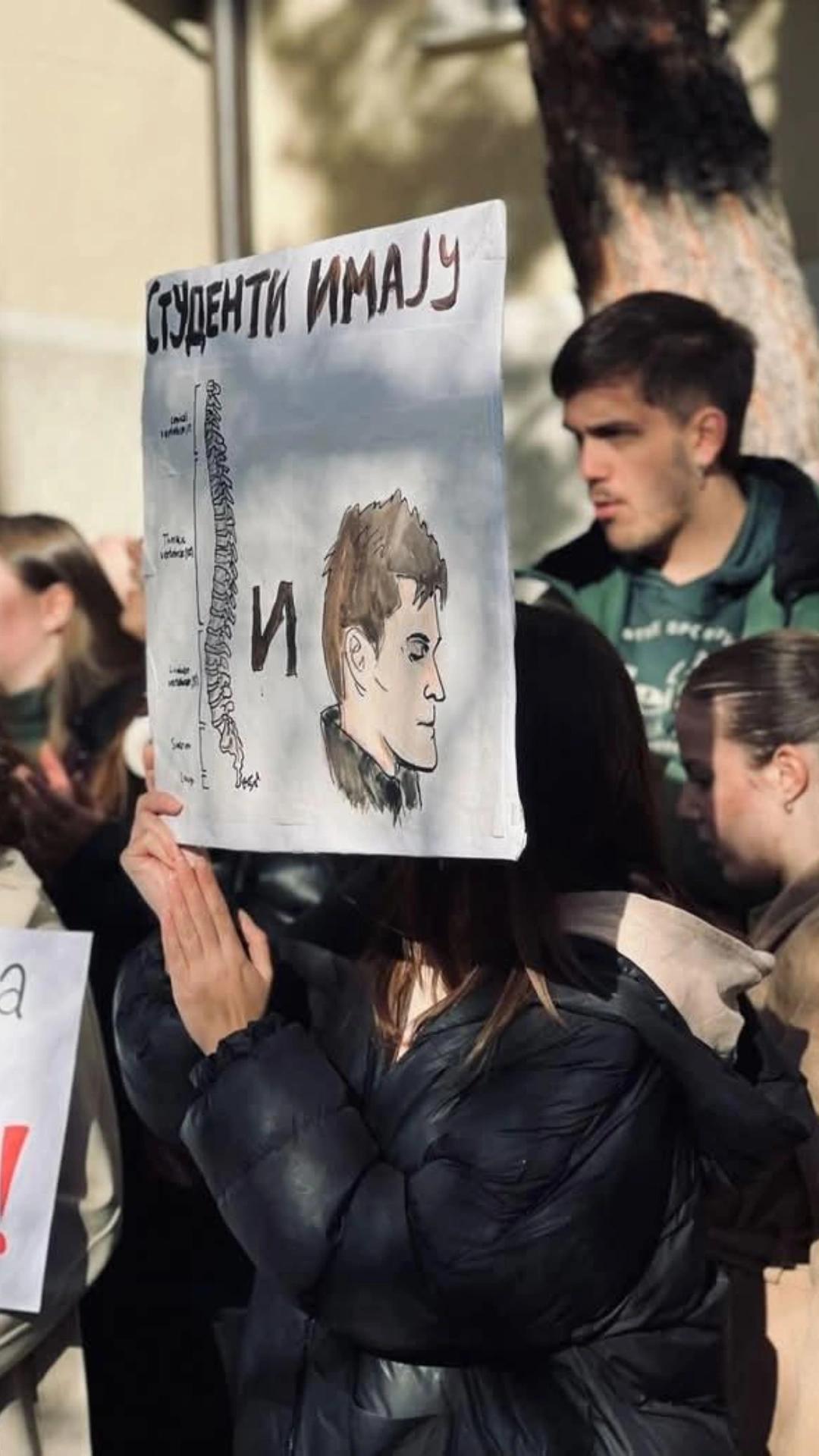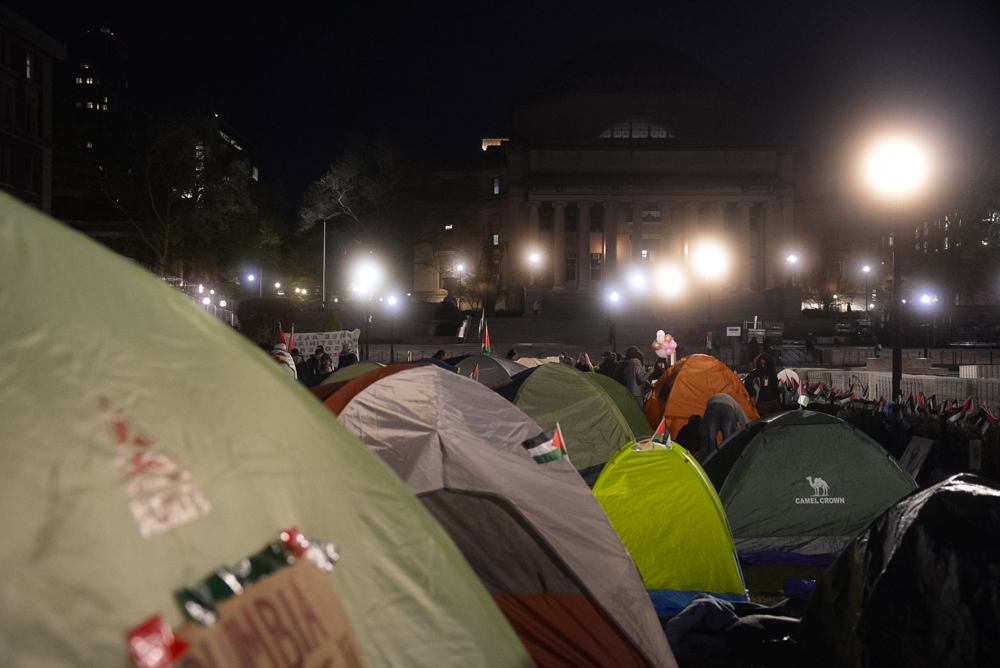Bunny and The Bull tells the story of a young man called Stephen (played by Edward Hogg) who has not left his house in a long time. Over the course of two days the support structures that keep him almost hermetically sealed off from the rest of the world begin to collapse and he begins to dream, hallucinate and recall how he became the recluse he is. Over a year beforehand, Stephen and his charismatic, unreliable, lazy and hedonistic friend, Bunny (played by Simon Farnaby) went inter-railing in Europe. There, the two friends met a Spanish girl, Eloisa (played by Verónica Echegui) and helped her get back home in time for fiesta. Stephen became enamoured with Eloisa and Bunny became fixated with the idea of fighting a bull. These two happenings gave rise to serious trouble in their relationship that would ultimately have a catastrophic effect on both their lives.
This is Paul King’s first work as screenwriter and film director. He is best known as the director of the comedy series The Mighty Boosh, and I have no hesitancy in prefacing this piece by saying that this film suffers immeasurably from its association with that show. I’m not only speaking of the two awful cameos from Julian Barratt and Noel Fielding (who come off as very poor actors when compared to Simon Farnaby and Edward Hogg), but of the entire style of the comedy, the setting and most of the dialogue, which seems to have been plucked directly from that series.
One such area where the influence of The Mighty Boosh is particularly heavy-handed is the scenery within the film. The scenery for all the flashbacks is made almost entirely out of various forms of artwork (such as a bookies made out of paper and a Ferris wheel made out of trinkets) and could be deemed original. However the word ‘original’ would imply that it is a better film than it actually is. It is unclear what the point of the artwork is: it could be a form of memory distortion inherent to the story, or it could just be something that gives the film a very singular flavour, but it ends up functioning as something that distances the characters from their setting and makes their (relatively normal) actions and dialogue seem strange. As well as this, cinema-goers will remember the highly effective use of artwork in the work of Spike Jonze and other post-Kaufman films such as The Science of Sleep. Bunny and the Bull suffers from the inevitable comparison.
The film could have capitalised on this surreal setting to get some laughs, but instead the comedy just feels horribly out of place and is a lot more miss than hit. It’s almost as if a mature tragedy met The Mighty Boosh and decided that they’d meld together perfectly. They don’t. There are two films playing at once: a worthwhile film charting Stephen’s character arc (a torn young man drawing out of his shell again and again, only for the world to disappoint him) and a poor film based on how wacky some people can be (some heinous crimes against comedy are committed, such as a scene where an Eastern-European tramp is shown to have a sexual relationship with a pack of dogs). As well as this, nearly every character bar Stephen and Bunny is poorly sketched: Eloisa is a stock character type, coming across as a loose amalgam of all the characters Zooey Deschanel and Penélope Cruz have ever played.
What’s most annoying about the mixture of all these disparate elements is that they obfuscate some wonderful ideas and themes that the two leads personify. Bunny is essentially free. The bull he feels he must fight functions as his symbol for the good and bad consequences that come with his daring way of living. Stephen acts as his counterpoint, essentially trapped by his own shyness and phobias. His symbol is the peephole, looking out onto the scary world from within a shuttered house. This film actually manages to answer the question “With all that is wrong with the world, why participate, why leave the house?”. This is quite an achievement.
Bunny and Stephen’s relationship is also interesting. They love each other, yet hate the traits in each other that make them who they are. They need to separate, but can’t survive without one another. And, as it turns out, they need to become more like each other to get by. This symbiosis is perfectly executed in the last ten minutes of the film as the thread of their friendship that runs throughout the story comes to an end.
These are the things that the film does right, but in the end it’s not enough to salvage the damage already done by the awful comedy, the cast of caricatures and page after page of bad scripting.






